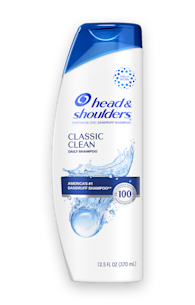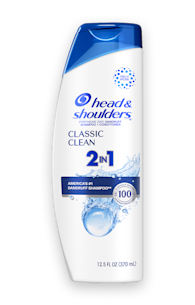MALASSEZIA GLOBOSA – HOW THE CAUSE OF DANDRUFF WORKS

Dandruff is actually caused by a microbe. It’s 100% natural and it’s found on everyone’s scalp. But how does it work?
Malassezia exists on nearly all warm-blooded mammals, so we’re not alone in having to deal with its effects.
And it doesn’t just cause dandruff – it’s also been found to cause a host of other problems from allergies and infections in humans toear infections in cats.
Watch the video below to learn more about malassezia globosa (the fungus on your scalp) with Veritasium.

The major culprit in causing dandruff
The root cause of dandruff is the single-celled microbe Malassezia globosa, which exists on everyone’s scalp.
Around 50% of people’s bodies have a negative reaction to the presence of this fungus, causing dandruff.
It feeds on scalp oils…
The natural oils on your scalp, known as sebum, are key requirements to fuel the dandruff-causing microbe.
Malassezia feeds off these oils, breaking it down into by products, including oleic acid.
That’s where dandruff starts.
Half the world is sensitive to oleic acid
If you’re one of the 50% of people in the world sensitive to oleic acid, you’ll probably experience dandruff.
The body reacts to the presence of oleic acid by increasing the speed at which your skin cells renew.
It’s an attempt to “shed” the irritant and is the mechanism that causes flakes. Dead skin cells accumulate on the scalp and become visible in your hair and fall off onto your shoulders too.
It’s not just flakes either
There’s more to the body’s response to Malasseiza and oleic acid than just flaking.
If you suffer from dandruff you’re likely to experience:
Inflammation
A red scalp
These are all symptoms caused by the body’s response to irritation caused by Malassezia.
Research into Malassezia means better treatments for dandruff
At Head & Shoulders, we’ve been on Malassezia’s case for decades and in 2007 our scientists sequenced its 4,285 genes.
By understanding how it works, we’re better able to identify the irritants it produces and work to develop anti-dandruff shampoos which can tackle these irritants and help get rid of dandruff.
But it doesn’t stop there. We’re still researching and working hard to not only improve our shampoos, but to also investigate the biochemical changes in skin caused by Malassezia stress.
More about our research into Malassezia
More tips and advice from the experts:





